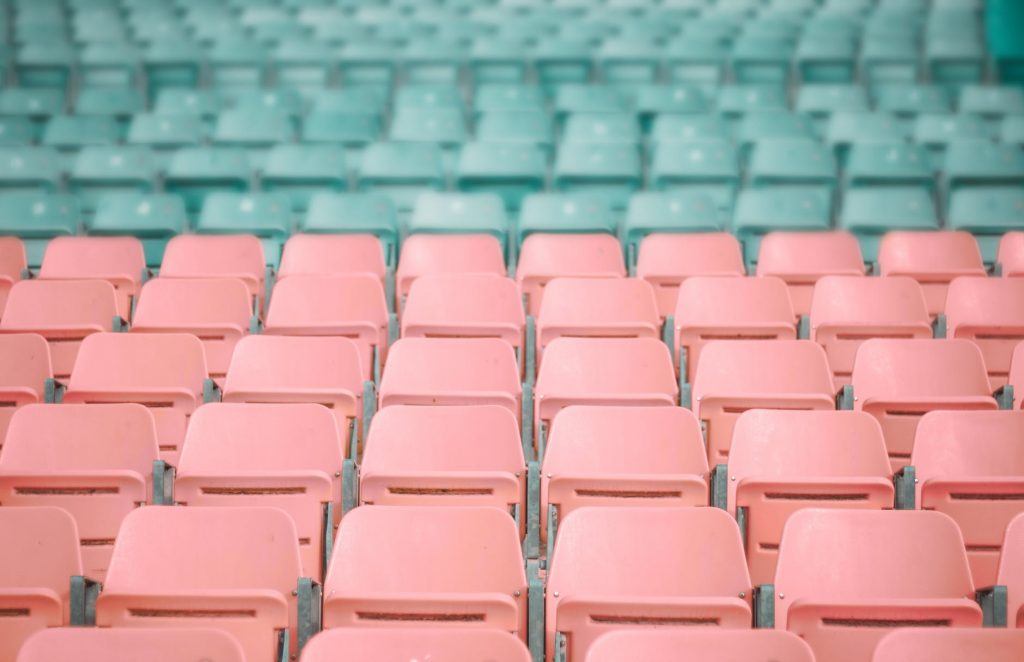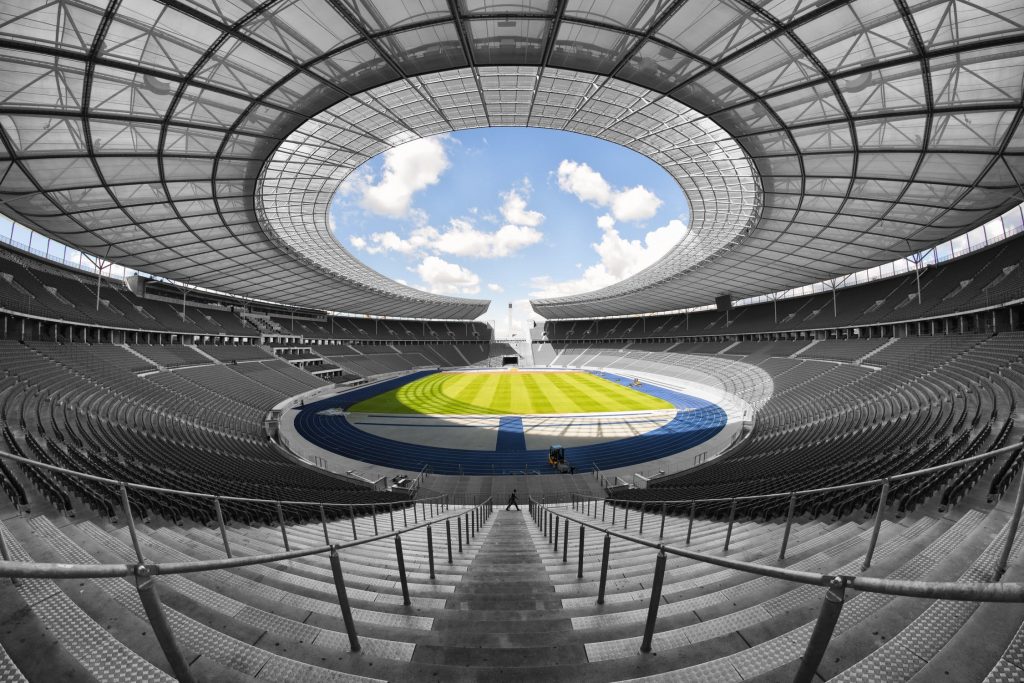Stadium Layout
The news that a new arena or stadium is to be constructed in any city is in itself a significant event. Few public venues may evoke the passion, interest, and enthusiasm created by the building of a new sports arena or arena. There’ll be few individuals who will detest this proposed development. The fans of this job have a tendency to observe the possible advantages for the community as a whole and their local athletic team specifically. As an added bonus, opposing teams will see your stadium as a disadvantage and will especially cringe when your stadium is designed with the same colors as the colors of your basketball or whatever sports team uniforms your stadium accommodates. The truth is somewhere in between — which regardless of the obvious heavy footfall especially during ‘event days’, stadiums are notoriously poor revenue generators. But careful business planning and layout will ensure the viability of those places.
Business planning and earnings streams
Irrespective of the financing mechanism, providing the funds for a new or enhanced stadium or stadium is a huge investment. Stadiums are usually owned and funded through the public purse, meaning solid fiscal planning and a strong business plan which rewards users and owners alike is required. Indeed, a local authority has to demonstrate strong business acumen more in place of a personal and possibly an emotionally biased enterprise. The most frequent mistake people make when designing a centre purely to sponsor a specific group or sport and to believe later ‘what else can we use this for?’ — that is a fundamentally flawed way of style leading to enormous overspends, costly retrofits, and normally a massive over-investment into centers which don’t live up to a overly optimistic business program. It is not smart to build a stadium purely for Greco Roman wrestling but you question yourself if you want to build a soccer yard later, for example.
But this does not have to be the situation. Measured procurement and business models could be developed which won’t just protect the operator’s investment, but also the future of those clubs that will play with there.

Strategic information
It is crucial that your first strategic project decisions will be the correct ones. You have to think about plenty of interlinked topics — for example, location, site suitability and worth, analysis and capitalization of present resources, preparation risks, environmental factors and also the formula of comprehensive project-specific proposals. Getting these first decisions right is important so that the project has a good base on which to develop and flourish.
Designing For Value
To guarantee the achievement of a multipurpose venue, careful consideration has to be given to every facet of design. What kind of sports will be played in the arena — will the stadium accommodate ten players in basketball singlets or thirty-six Australian football players?
The logistics of its possible non-matchday use are equally as essential as people on matchday. Non-matchday logistics could be extremely diverse — setting up displays and traditions, erection of point places, movement of equipment, events or concerts requiring job of their pitch or courtroom, access and egress times, transport connections, green travel difficulties, lounge and pub capacities and places, company clubs, safety — all are factors which must be built to the first concepts and designs. In the end, if such logistics cannot be handled efficiently and without interruption to another ongoing scene functions, then the business program will fail.
It’s easy to get carried away together with layout. Each customer wants their center to be ‘the best’, but these aspirations can take a premium. A seemingly innocuous choice, for example, creating a chair 500mm wide rather than 460mm – if multiplied by 25,000 chairs suddenly there is a lot of additional expenses for steel wire furniture and concrete! Or, the choice to provide a bit more legroom to every chair – if multiplied by 30 rows may increase the footprint of the construction and thus the gross floor area cost considerably and detrimentally change the audience’s view. Prices are also greatly influenced by ineffective design designs, such as:
- A well-designed concourse requires fewer surveillance cameras, monitors and staff to operate them
- Flow, access and egress design enormously influences spectator behavior and flow and may have an immediate bearing on the number of stewards required for crowd control
- Back of home circulation and protected service paths can guarantee safe and speedy transfer of scene personnel without having to fight the audiences
- Fantastic pitch layout minimizes maintenance and repair expenses, yet allows job for occasions such as concerts
- Well considered catering and kitchen layout can boost efficacy for those operators in both restaurant and public regions alike and in the process boost profit margins
Finest value does not mean only adopting the least expensive construction solution. It means long-term optimization of yields versus funding expenditure. It means designing at the components crucial to operational efficiency and efficacy. It means knowing in detail the mechanisms of arena operations.
Construction Materials
Much like building equipment, building materials are a very important part of the sports site building market. Due care and attention are necessary right from th e beginning. Whilst, in theory, this is a relatively simple thing, if a job gets this wrong, it’s a costly and long way backward. A vast array of materials might be used, which range from the more expensive and modern synthetic substances to many natural, everyday materials like sand, clay, and wood which are frequently utilized in structure.
Whilst the scale and size of sporting places differs depending on whether you host an Olympic wrestling court or a football field, as a general principle you will find a couple things which have to be recalled when comparing building materials together with those utilized in other building projects. The dimensions of this budget and the plan of the scene could well influence the materials utilized. The normal stuff will normally still be used, however, when you will find expert designs to attempt to add design to a place, then more costly and expert materials will be utilized.
Generally, they’ve used standard stuff you’d see used for almost any large construction, but for a few of the more trendy parts — such as pieces of this roof — even more synthetic substances like galvanized steel mesh panels were used. For bigger stadiums, the crucial thing is to utilize materials which won’t just endure for a long time, but these substances that could resist the strain of routine large attendances.
